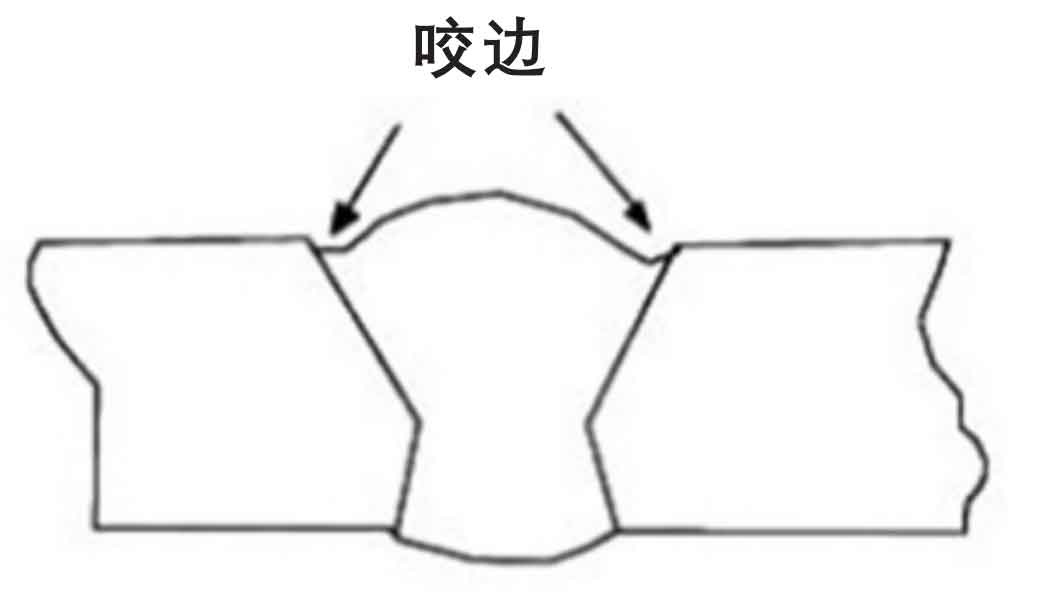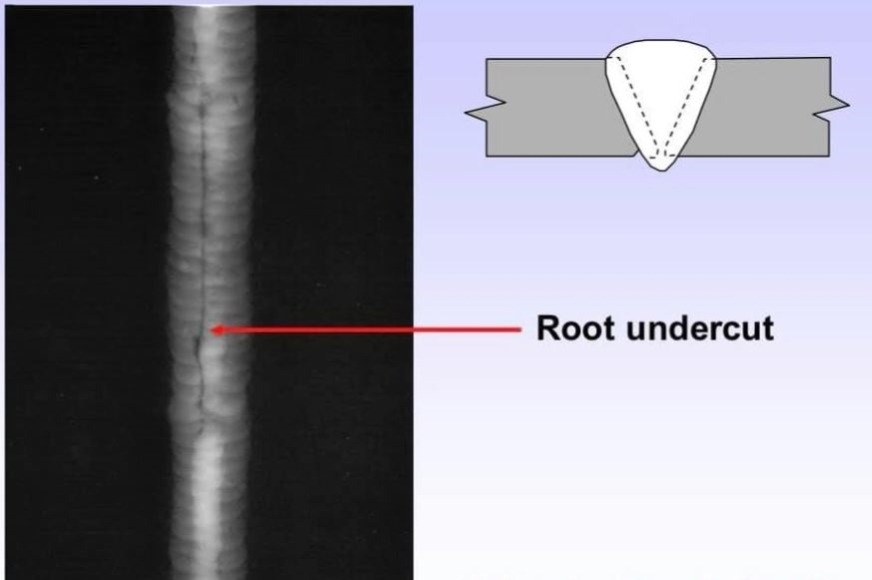How to Avoid Weld Undercut: Important Tips for Welders
How to Avoid Weld Undercut: Important Tips for Welders
Blog Article
Necessary Tips for Welders: Protecting Against Undercut Welding and Ensuring Stronger Weld Joints
In the realm of welding, accomplishing strong and resilient weld joints is the keystone of generating high-grade work. One common challenge that welders often run into is undercut welding, which can endanger the stability of the weld joint.

Comprehending Undercut Welding
Undercut welding is an usual welding flaw that occurs when the weld metal falls short to effectively fill up the groove and results in a groove-like anxiety along the weld grain. This problem damages the weld joint, making it vulnerable to fracturing and failure under stress. Undercutting can be created by various aspects, including extreme welding existing, high welding speed, incorrect electrode angle, inaccurate electrode size, and inadequate welding technique.
One of the major factors for undercut welding is a discrepancy in between the welding existing and the welding speed. If the welding current is too expensive or the welding rate is also fast, the weld metal might not properly fill up the groove, bring about undercutting. Additionally, utilizing an electrode that is also large can lead to a comparable end result, as the excess steel can not properly stream into the groove.
To avoid undercut welding, welders should ensure they are utilizing the proper welding criteria, maintain a suitable electrode angle, choose the suitable electrode size, and method correct welding strategies. By addressing these factors, welders can reduce the risk of undercutting and produce more powerful, a lot more trusted weld joints.
Correct Welding Strategy
Efficient welding technique plays an essential role in making sure the high quality and integrity of weld joints. One basic element of proper welding strategy is preserving the correct angle and distance in between the welding gun and the workpiece.
In addition, a constant and constant hand movement is crucial for producing strong and long lasting weld joints. Welders ought to intend for smooth, uniform activities to ensure also distribution of the weld product. Proper adjustment of the welding weapon and filler product is also crucial to achieving optimum penetration and combination.
Furthermore, controlling the warm input and picking the proper welding parameters based upon the product being welded are important consider attaining premium welds - Preventing weld undercut. Welders should comply with the advised settings offered by welding procedure specs and adjust them as needed based upon the details requirements of the job. By understanding appropriate welding strategies, welders can significantly improve the toughness and reliability of their weld joints
Selecting the Right Electrode
Preserving the proper angle and range between the welding gun and the work surface is basic when considering the significance of selecting the ideal electrode in welding applications. The option of electrode plays a vital duty in determining the quality and strength of the weld joint. Electrodes come in various types, each developed for certain functions and materials.
First of all, choosing the suitable electrode diameter is necessary. Thinner electrodes are ideal for welding slim products, while thicker electrodes are better for thicker materials and higher heat applications. Matching the electrode size to the thickness of the workpiece helps achieve a well balanced weld.
Second of all, recognizing the product composition of the electrode is vital. Different electrodes are designed for welding specific products like steel, stainless-steel, light weight aluminum, or cast iron. Utilizing the right electrode product makes sure great fusion and minimizes the risk of issues in the weld.
Last but not least, taking into consideration the welding position and technique is critical when choosing the electrode type. Certain electrodes are much better suited for above or vertical welding settings, while others work well for flat or straight positions. Picking the appropriate electrode based on the welding technique boosts the total weld high quality and honesty.
Preparing the Base Metal
To make sure a successful welding procedure, what initial actions should be taken when preparing the base steel for welding? Furthermore, any type of existing weld material or deposit from previous welding should be removed to guarantee a tidy surface area for the new weld.

Conducting Post-Weld Examinations

After performing these evaluations, welders must contrast the results against market standards and task needs to make certain that the weld joint fulfills all essential requirements. Any type of inadequacies or inconsistencies uncovered throughout the post-weld examination must be quickly dealt with through ideal restorative steps to guarantee the weld's honesty. By carefully doing post-weld evaluations and promptly resolving any type read what he said of issues, welders can promote the high quality and reliability of their job, eventually adding to the safety and security and durability of the welded frameworks.
Conclusion

In verdict, avoiding undercut welding and making certain stronger weld joints call Recommended Site for a mix of proper welding strategy, choosing the ideal electrode, preparing the base metal properly, and conducting post-weld assessments. By understanding the root causes of undercut welding and implementing the needed precautions, welders can generate top quality weld joints that fulfill industry requirements and make certain the structural stability of the bonded components.
Undercut welding is a typical welding defect that happens when the weld steel fails to correctly load the groove and results in a groove-like depression along the weld bead (Preventing weld undercut). Damaging can be created by various elements, consisting of too much welding current, high welding speed, incorrect electrode angle, wrong electrode size, and poor welding method
One of the major factors for undercut welding is an imbalance between the welding present and the welding rate. If the welding current is also high or the welding speed is too quick, the weld metal may not effectively fill the groove, leading to undercutting.Maintaining the appropriate angle and range in between the welding weapon and the work surface is basic when taking into consideration the importance of choosing the best electrode in welding applications.
Report this page